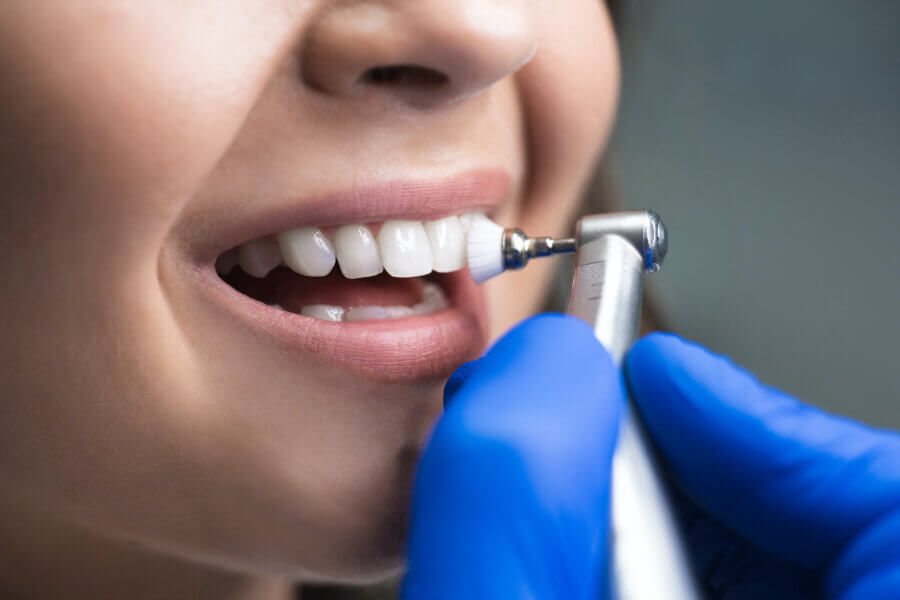The advent of 3D printing has revolutionized many industries, and dentistry is no exception. This technology, also known as additive manufacturing, allows for the creation of highly customized dental solutions with unprecedented precision and efficiency. This article explores the benefits of 3D printing in custom dental solutions, highlighting how it is transforming the field of dentistry.

What is 3D Printing in Dentistry?
3D printing in dentistry involves the use of digital models to create three-dimensional dental products. These products range from crowns and bridges to surgical guides and orthodontic appliances. The process typically involves scanning the patient’s dental structure, creating a digital model, and then printing the model using specialized 3D printers and materials.
Benefits of 3D Printing in Custom Dental Solutions
Customization and Precision
One of the most significant advantages of 3D printing in dentistry is the ability to create highly customized dental solutions. Traditional methods often rely on molds and manual adjustments, which can be time-consuming and less precise. With 3D printing, dental professionals can create exact replicas of a patient’s dental anatomy, ensuring a perfect fit for crowns, bridges, and other dental appliances. This level of customization enhances patient comfort and improves the overall effectiveness of the treatment1.
Faster Production Times
3D printing significantly reduces the time required to produce dental appliances. Traditional methods can take weeks, involving multiple steps and adjustments. In contrast, 3D printing streamlines the process, allowing for the rapid production of dental models and appliances. This efficiency means that patients spend less time waiting for their dental solutions and can begin their treatment sooner2.
Cost-Effectiveness
The cost-effectiveness of 3D printing is another major benefit. Traditional dental manufacturing processes often involve expensive materials and labor-intensive procedures. 3D printing reduces these costs by minimizing material waste and automating many steps of the production process. This reduction in costs can be passed on to patients, making high-quality dental care more accessible3.
Improved Patient Outcomes
3D printing allows for the creation of more accurate and precise dental appliances, which can lead to better patient outcomes. For example, surgical guides created with 3D printing can help dentists perform more precise implant placements, reducing the risk of complications and improving the success rate of the procedure. Similarly, orthodontic appliances created with 3D printing can be tailored to the exact specifications of the patient’s dental structure, leading to more effective treatments1.
Types of 3D Printing Technologies in Dentistry
Stereolithography (SLA)
SLA is one of the oldest and most widely used 3D printing technologies in dentistry. It uses an ultraviolet (UV) laser to cure a liquid resin into solid layers, creating highly detailed and accurate dental models. SLA is particularly useful for creating surgical guides and dental molds4.
Digital Light Processing (DLP)
DLP is similar to SLA but uses a digital light projector to cure the resin. This method is faster than SLA and can produce highly detailed models with smooth surfaces. DLP is commonly used for creating crowns, bridges, and other dental restorations3.
Fused Deposition Modeling (FDM)
FDM involves the extrusion of thermoplastic material layer by layer to create a 3D object. While not as precise as SLA or DLP, FDM is cost-effective and suitable for creating larger dental models and prototypes. It is often used for educational purposes and initial treatment planning3.
Future Trends in 3D Printing for Dentistry
Integration with Artificial Intelligence
The integration of artificial intelligence (AI) with 3D printing is set to revolutionize custom dental solutions further. AI can analyze patient data to create more accurate digital models and optimize the printing process. This integration will enhance the precision and efficiency of dental treatments, leading to even better patient outcomes1.
Development of New Materials
The development of new biocompatible materials for 3D printing is another exciting trend. These materials can mimic the properties of natural dental tissues, making them ideal for creating permanent dental restorations. Innovations in material science will expand the range of applications for 3D printing in dentistry, providing more durable and aesthetically pleasing solutions2.
Conclusion
3D printing is transforming the field of dentistry by offering highly customized, precise, and cost-effective dental solutions. The technology’s ability to create exact replicas of a patient’s dental anatomy ensures better fitting and more effective treatments. As advancements in 3D printing and materials continue, the future of custom dental solutions looks promising, with improved patient outcomes and broader accessibility.

